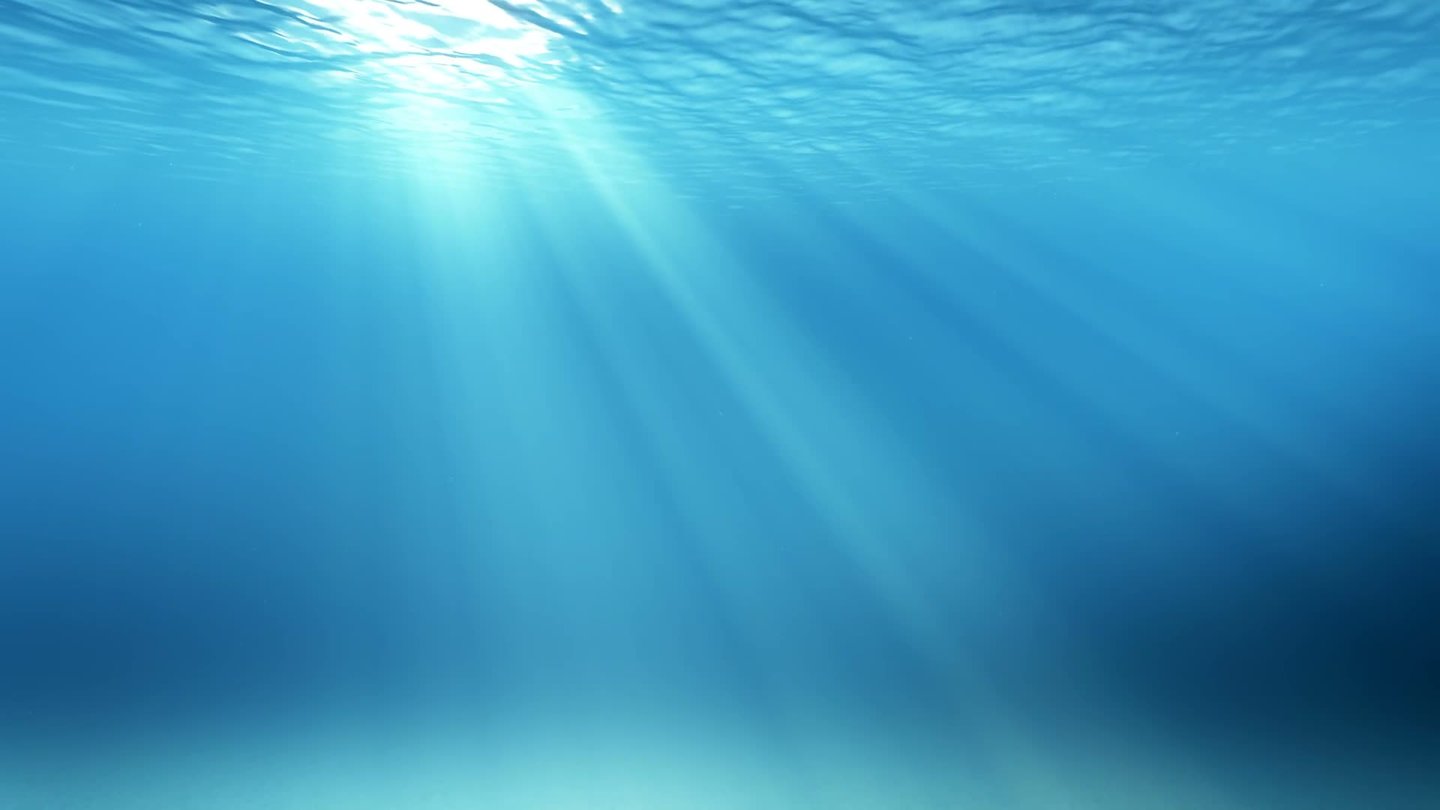HowBadIsIt?
In2010,scientistsnamedthelionfishoneofthetopthreatstotheworld’sbiodiversity.Insomeplaces,lionfishhavereducednativefishpopulationsby80percent.Howisthat possible?
Unlikemanyotherfish,lionfishneversaynotofood.Theycaneatonetotwofishperminute.Overayear,thisworksouttohundredsofthousandsoffisheatenby lionfish.
Theyfeedmostlyonsmallfish.Yet,lionfishcanwipeoutentiregroupsofcrustaceans,suchasshrimps, too.
Theyalsoeattheyoungoflargerfish.Thismakesithardforsomespeciestorebuildtheir population.

Alionfishswimsnearamangrove forest.
NewRules
Lionfishbehaveinunexpectedways.Thismakesthemmoredangerousthanmostpredators.Here’sanexample.Mangroveforestshavealwaysbeenasafeplaceforyoungreeffish.Thesestretchesofseabetweenriversandoceansarebrackish.Theyareamixoffreshwaterandsaltwater.Mostoceanpredatorsdon’thuntthere.Butthelionfishhuntstherewith ease.
Lionfishdisruptreefbehavior,too.Forexample,certaincleaningstationsthereare“safetyzones.”Largerfishlineuptogetparasitespickedoffofthembysmallerfish.Thecleanerfishgetaneasymeal.Thelargerfishgetcleanandenjoybetter health.

Thisyoungsnapperisbeingcleanedby humpbackcleaner shrimp.
Partofthebargainisthelargerfishdon’teatthecleanerfishwhiletheworkisbeingdone.Butlionfishdon'tfollowthat rule!
Fisharen’ttheonlylivingthingsthreatenedbylionfish.Manyreefcoralsarealsounderattack.Whenlionfisheattoomanyplant‑eatingfish,there’snothingtoeatalgae.So,algaegrowoutofcontrol.Algaecoverthecorals,chokingofflightthatcoralsdependupon.Thecoralsdie.Thisleadstoalossofhabitatforotherreef creatures.
Theselionfishcrowdtogetherononecoral reef.


